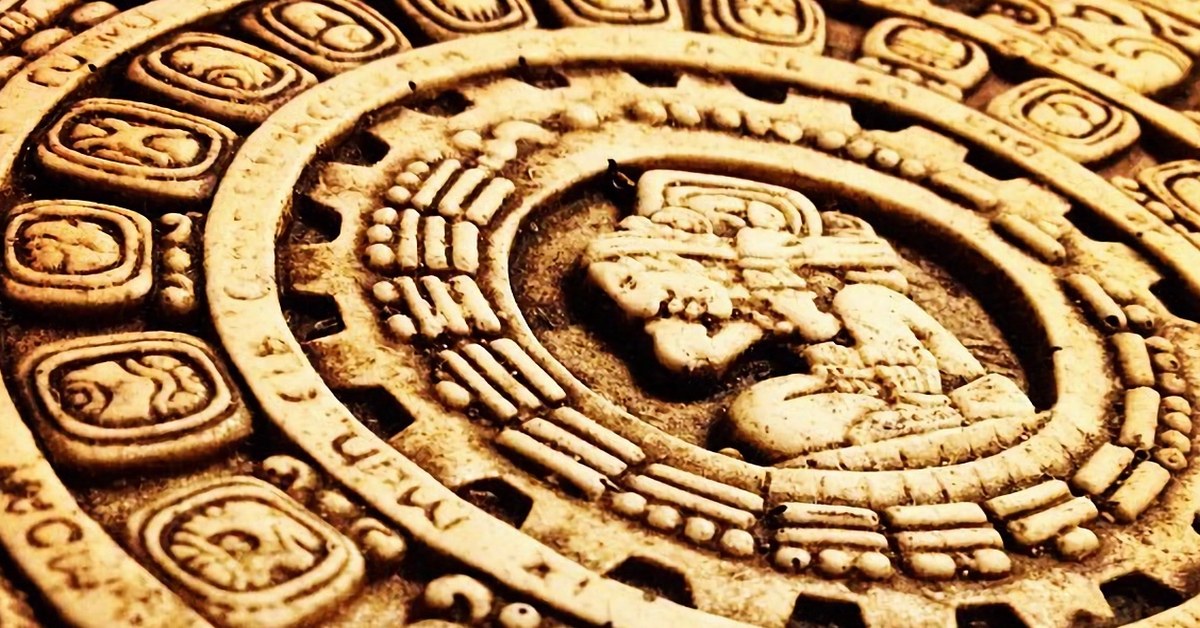Scholars have been puzzled by the 819-day cycle of the Mayan calendar. Now, the code has been cracked.

Despite being a highly respected and productive ancient civilization, the Maya culture remains enshrouded in mystery. Over the years, scientists and archaeologists have been preoccupied with numerous aspects of the Mayan society, including their architectural marvels and intricate deities. But one of the most difficult-to-grasp facets of this ancient culture was their 819-day calendar.
According to a new study by Tulane University professors John H. Linden and Victoria R. Bricker published in the journal Ancient Mesoamerica, earlier investigations were on the right track in suggesting that the calendar was linked to synodic periods – the duration a planet takes to reappear at the same position in the sky in relation to the Sun, as viewed from Earth. The key to fully understand it, however, was in examining it in a much larger time frame.
Their research shows that the Mayan calendar aligns with planetary cycles over a duration of 45 years – a much broader time period than any prior attempts took as a basis.
“Although prior research has sought to show planetary connections for the 819-day count, its four-part, color-directional scheme is too short to fit well with the synodic periods of visible planets,” the authors explain.

The solution to the enigma rested on the numerical value at the core of the Mayan numeral system, which is vigesimal or base-20.
“By increasing the calendar length to 20 periods of 819-days, a pattern emerges in which the synodic periods of all the visible planets commensurate with station points in the larger 819-day calendar.”
So, the Mayans traced a 45-year period (comprising of 20 sets of 819 days) of planetary alignment, making it into a calendar. The complexity of the 819-day period lay in correlating planets with varying velocities; however, when studied across 20 cycles (equating to approximately 16,380 days or 45 years), the synodic periods of the planets that were known to them fit flawlessly into the calendar.

The initial element in the puzzle was always Mercury’s 117-day synodic period, but upon charting the 20 periods, every planet falls into place within the calendar. The total length could be determined by Mars, whose synodic period lasts 780 days, aligning precisely with 21 periods that add up to 16,380 or 20 cycles of 819 days. Venus necessitates seven periods to match five counts of 819 days, Saturn requires 13 periods to fit in with six counts of 819 days, while Jupiter requires 39 periods to hit 19 counts of 819 days, according to Popular Mechanics.
In general, this discovery highlights the Maya civilization’s sophisticated mathematics and meticulous astronomical observations.
“Rather than limit their focus to any one planet,” the authors concluded, “the Maya astronomers who created the 819-day count envisioned it as a larger calendar system that could be used for predictions of all the visible planet’s synod periods, as well as commensuration points with their cycles in the Tzolk’in and Calendar Round.”
